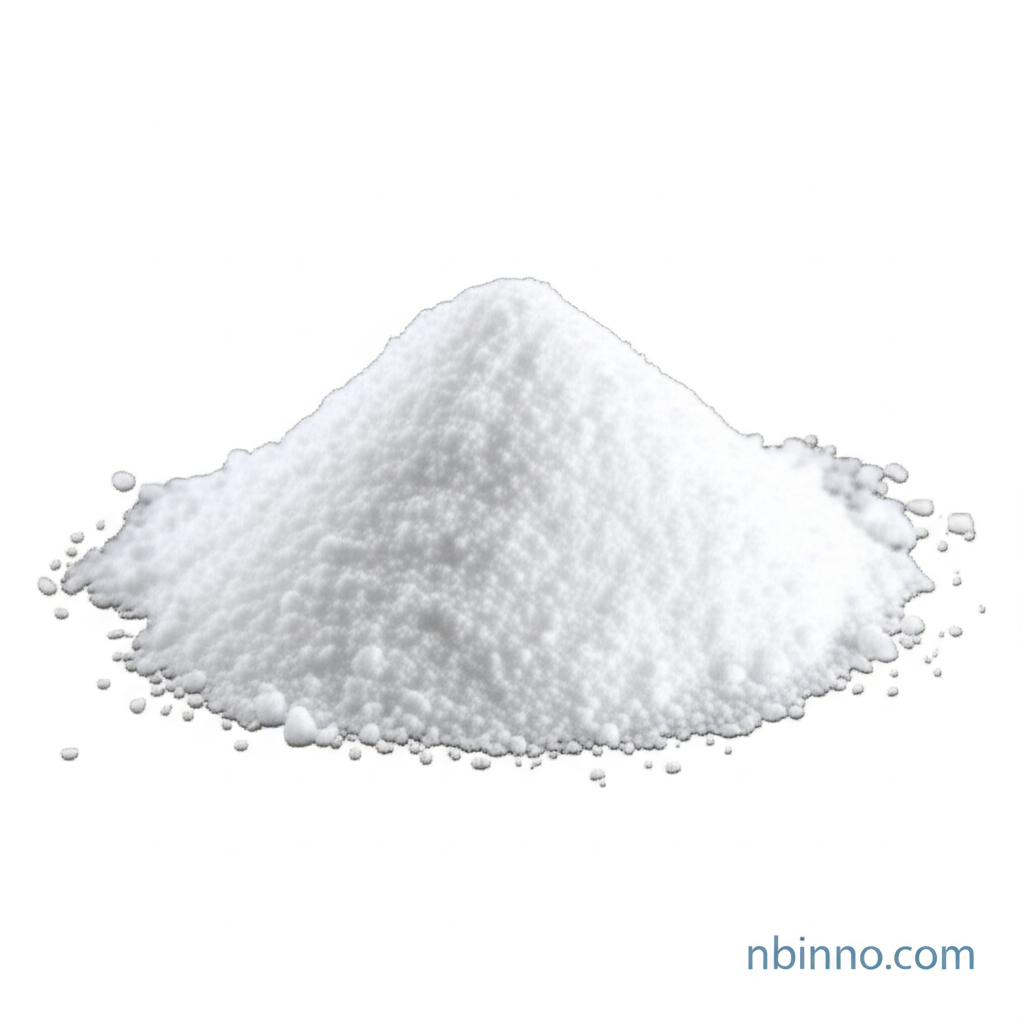Tris(hydroxymethyl)aminomethane Hydrochloride: A Versatile Buffer for Biological and Chemical Applications
Discover the essential role of Tris HCl in biochemistry, organic synthesis, and beyond.
Get a Quote & SampleProduct Core Value

Tris(hydroxymethyl)aminomethane hydrochloride
Tris(hydroxymethyl)aminomethane hydrochloride is a cornerstone chemical in modern scientific research and industrial processes. Its primary value lies in its exceptional buffering capabilities, making it indispensable for maintaining stable pH levels in a wide array of sensitive biological and chemical applications.
- As a key component in biological buffers, Tris HCl is vital for molecular biology techniques such as DNA purification and nucleic acid separation by electrophoresis, aiding in the understanding of genetic material.
- It serves as an important intermediate in various organic synthesis pathways, facilitating the creation of complex molecules for diverse industries, including pharmaceuticals and materials science.
- The reliable pH control offered by Tris HCl is crucial for numerous biochemical reactions, ensuring optimal conditions for enzyme activity and cellular processes, contributing to breakthroughs in life sciences.
- In the pharmaceutical sector, Tris HCl is utilized as an excipient, enhancing the stability and efficacy of various formulations like injections and eye drops, thereby improving patient outcomes.
Key Advantages Offered
Precise pH Control
Tris HCl provides a stable pH range of 7.2-9.0, critical for experiments relying on specific hydrogen ion concentrations, supporting accurate biological buffer applications.
Versatile Chemical Intermediate
Its structure makes it a valuable building block in organic synthesis, enabling the development of new compounds and materials.
Wide Applicability
From laboratory research to pharmaceutical production, its utility spans across multiple scientific disciplines, underscoring its importance as a versatile pH buffering agent.
Key Applications
Biochemistry & Molecular Biology
Essential for preparing buffer solutions like TAE and TBE, crucial for electrophoresis and maintaining the integrity of nucleic acids during research, leveraging its role in molecular biology lab essentials.
Organic Synthesis
Acts as a key intermediate, participating in reactions to form more complex chemical structures, vital for the development of new chemicals and materials.
Pharmaceutical Industry
Used as an excipient in drug formulations to stabilize pH, enhancing product shelf-life and efficacy, showcasing its utility in pharmaceutical excipients.
Biotechnology Research
Supports a wide range of biotechnological processes by providing stable pH environments, aiding in cell culture and enzyme studies.
